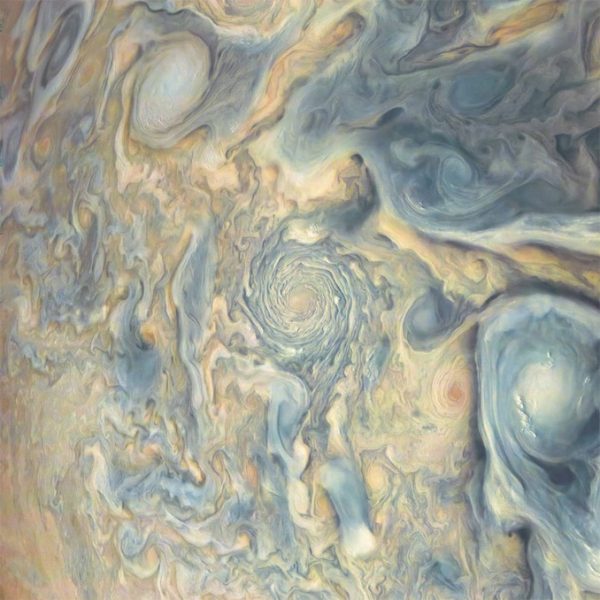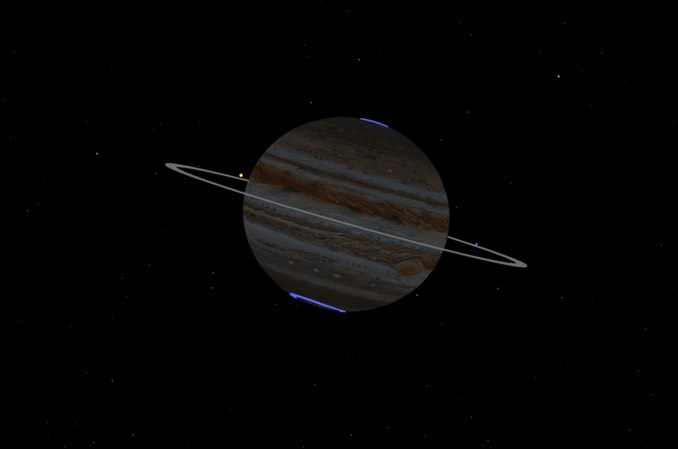Record rocket firing avoids mission-ending eclipse for Juno – Astronomy Now Online

When NASA’s solar-powered Juno spacecraft was launched in 2011, engineers planned to put the spacecraft into a 14-day orbit around Jupiter, one that would allow scientists to meet all the mission’s objectives without having to worry about a fatal multi-hour trip through Jupiter’s shadow.
But after reaching an initial 53-day orbit around Jupiter in 2016, engineers encountered a possible problem with Juno’s main propulsion system and opted not to use the main engine to reduce the orbital period. All of the mission’s science goals could be met in the 53-day orbit, they decided, but it would take longer.
And it would eventually carry the spacecraft into Jupiter’s shadow during its next flyby on 3 November.
“Pre-launch mission planning did not anticipate a lengthy eclipse that would plunge our solar-powered spacecraft into darkness,” said Ed Hirst, Juno project manager at NASA’s Jet Propulsion Laboratory.
After a detailed study, engineers concluded they could use Juno’s smaller manoeuvring thrusters to change the trajectory enough to avoid what amounted to an 11-hour-long solar eclipse. But it would take an extraordinarily long firing, a Juno-record 10.5-hour “burn,” to pull it off.

The manoeuvre began at 23:46 GMT on 30 September and ended on 1 October, consuming about 73 kilograms (160 pounds) of propellant and changing the spacecraft’s velocity by 203 kph (126 mph). Relieved mission managers said it went off without a hitch.
“With the success of this burn, we are on track to jump the shadow on Nov. 3,” said Scott Bolton, Juno principal investigator at the Southwest Research Institute in San Antonio, Texas.
“Jumping over the shadow was an amazingly creative solution to what seemed like a fatal geometry. Eclipses are generally not friends of solar-powered spacecraft. Now instead of worrying about freezing to death, I am looking forward to the next science discovery that Jupiter has in store for Juno.”





